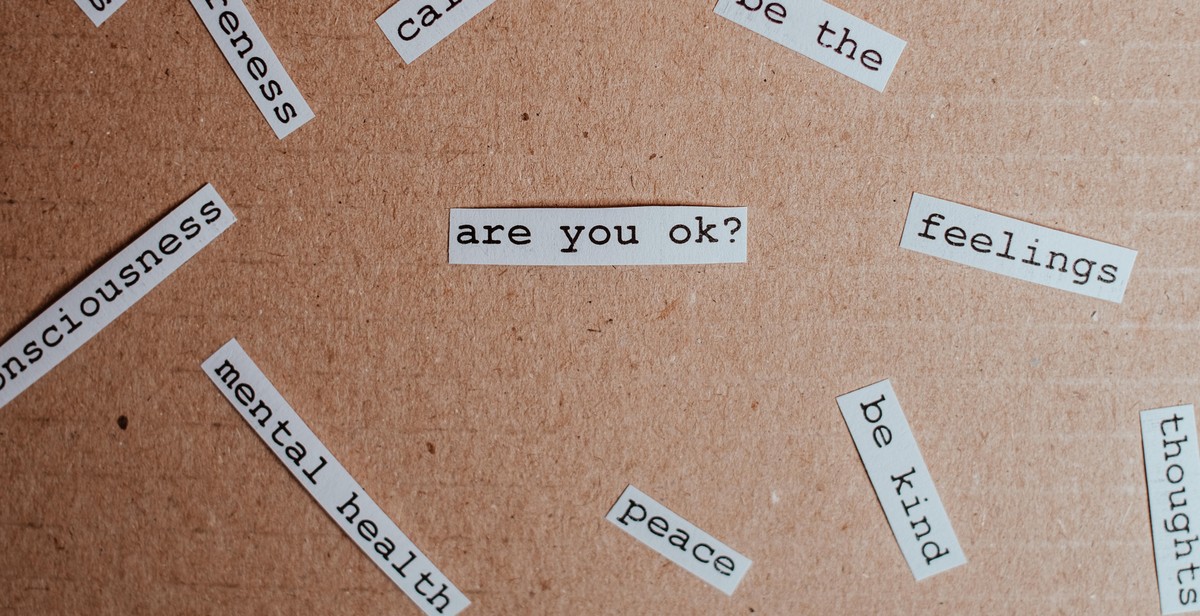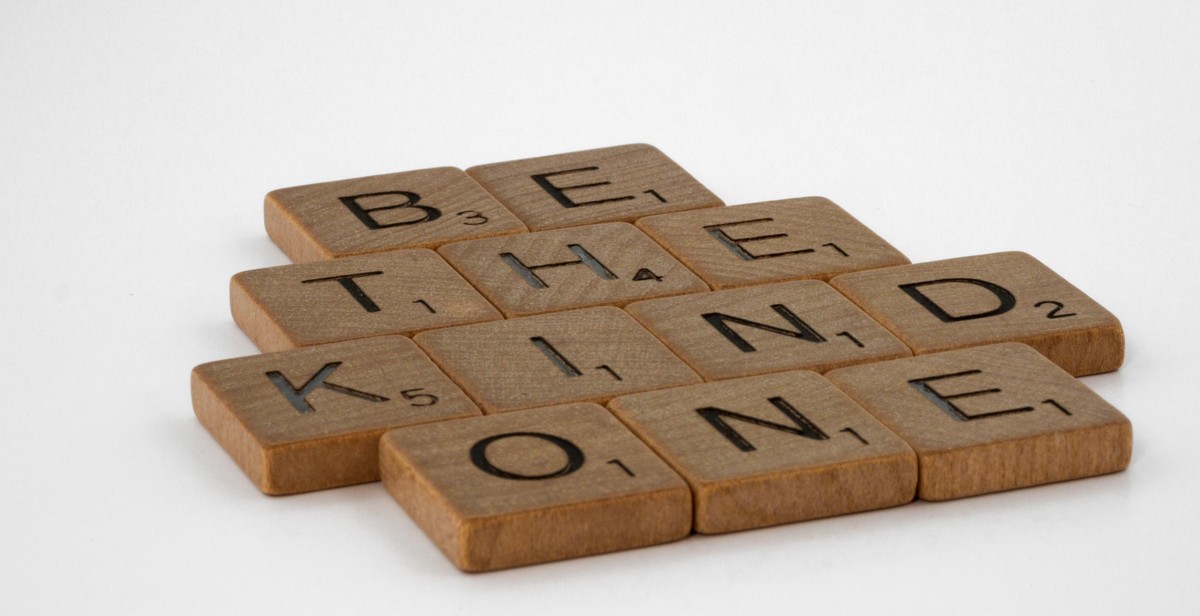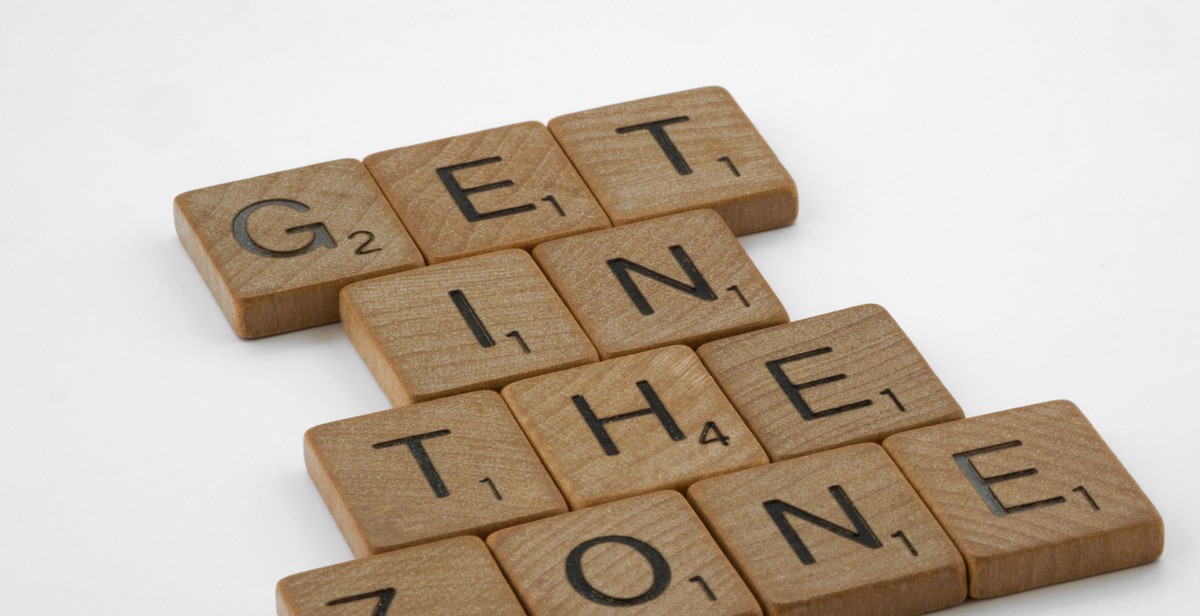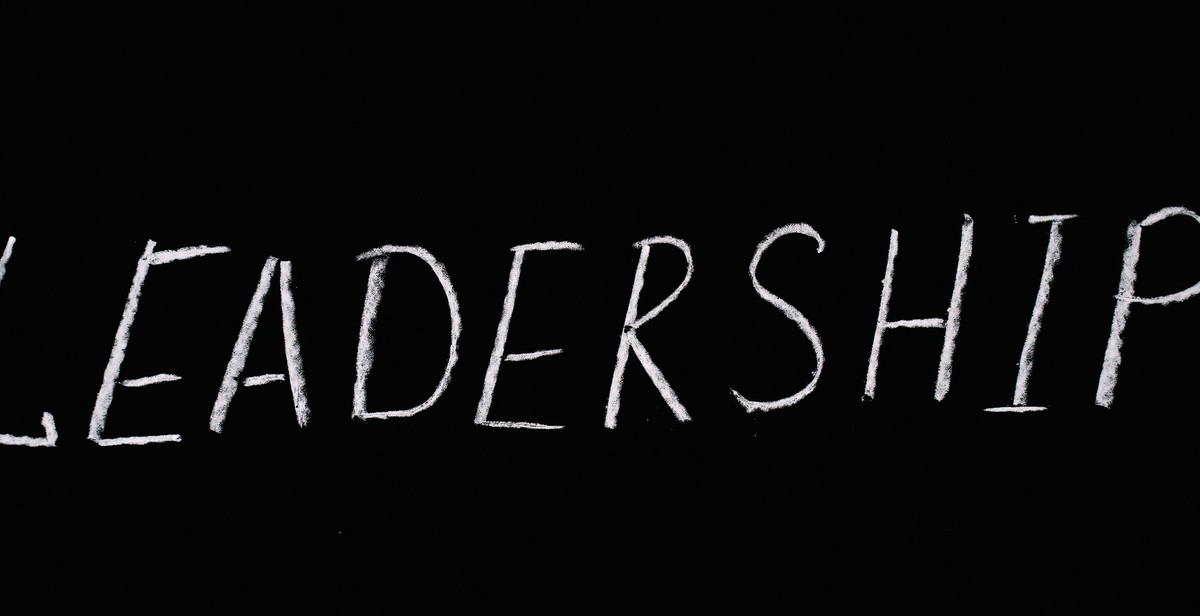Introduction: How to Design a Typographic Poster: Experimenting with Layout and Composition
Typographic posters are a popular form of graphic design that utilizes typography as the primary design element. They are often used to promote events, products, or ideas, and can be seen in a variety of settings such as on billboards, in magazines, and on social media. A typographic poster is a powerful tool that can communicate a message with just a few words and a well-designed layout.
What is a Typographic Poster?
A typographic poster is a design that uses typography as the main visual element. It can be as simple as a single word or as complex as a sentence or paragraph. The goal of a typographic poster is to communicate a message or idea through the use of typography, color, and layout.
Creating a typographic poster requires careful consideration of the font choice, layout, and composition. Experimenting with different layouts and compositions can help you create a unique and visually appealing design that stands out from the crowd.
Why Design a Typographic Poster?
Typographic posters are a great way to promote an event, product, or idea. They are often used in advertising and marketing campaigns because they are eye-catching and can communicate a message quickly and effectively. They can also be used for personal projects such as creating a poster for your favorite band or movie.
Designing a typographic poster is also a great way to improve your design skills. It requires you to think creatively and strategically about how to communicate a message through typography and layout. By experimenting with different layouts and compositions, you can push your design skills to the next level.
In this article, we will explore how to design a typographic poster by experimenting with layout and composition. We will cover font selection, color choices, and layout techniques that will help you create a visually appealing and effective typographic poster.

Step 1: Choose Your Message
Before diving into the design process, it is important to define the message that you want to convey through your typographic poster. This will serve as the foundation for the overall design and help guide your choices in typefaces, layout, and composition.
Defining Your Message
Start by brainstorming a list of words or phrases that capture the essence of your message. Consider the purpose of the poster and the audience you are trying to reach. Are you promoting an event, raising awareness for a cause, or simply showcasing your design skills?
Once you have a list of potential keywords, narrow it down to one or two main concepts that will serve as the focus of your poster. For example, if you are designing a poster for a music festival, your main concept might be the name of the festival or the genre of music being featured.
Choosing Your Typefaces
Once you have defined your message, it’s time to choose the typefaces that will best communicate that message. Consider the tone and style you want to convey. Are you going for a bold and attention-grabbing look, or a more subtle and elegant feel?
There are countless typefaces to choose from, so it can be overwhelming at first. Start by selecting one or two main typefaces that will serve as the basis for your design. Look for typefaces that complement each other and provide contrast in weight, size, or style.
For example, if your message is promoting a vintage clothing sale, you might choose a serif typeface for the main title to evoke a sense of nostalgia, and a sans-serif typeface for the body text to provide a modern contrast.
It’s also important to consider legibility and readability when choosing typefaces. Make sure the typeface is easy to read from a distance and at various sizes. Avoid using too many different typefaces, as this can make the design feel cluttered and confusing.
Overall, the message and typeface choices will set the tone for the rest of the design process. Take the time to carefully consider these elements, and you’ll be on your way to creating a successful typographic poster.

Step 2: Experiment with Layout
Now that you have your content and typography selected, it’s time to play with the layout and composition of your typographic poster. This step is crucial in creating a visually appealing and effective design that conveys your message clearly.
Playing with Hierarchy
One of the most important aspects of layout design is hierarchy. Hierarchy refers to the visual arrangement of elements in order of importance, allowing the viewer to easily understand the intended message. To create hierarchy, experiment with the size, weight, and color of your typefaces. Use larger and bolder typefaces for the most important information, and smaller and lighter typefaces for less important information. You can also use different colors to distinguish between different levels of importance.
Consider Contrast
Another important factor in layout design is contrast. Contrast refers to the differences in size, color, and weight between different elements. Contrasting elements can help create visual interest and guide the viewer’s eye through the design. For example, if you have a large, bold heading, consider using a smaller, lighter subheading to create contrast. Additionally, contrasting colors can help certain elements stand out and draw attention to important information.
Try Different Alignments
Alignment is another important aspect of layout design. Alignment refers to the placement of elements in relation to each other. Experiment with different alignments, such as left, right, center, and justified, to find the one that works best for your design. Additionally, try using different alignments for different sections of your poster to create visual interest and guide the viewer’s eye through the design.
Overall, experimenting with layout is a crucial step in creating an effective typographic poster. By playing with hierarchy, contrast, and alignment, you can create a visually appealing design that effectively conveys your message.

Step 3: Add Visual Interest
Now that you have chosen your typography and created a layout, it’s time to add visual interest to your typographic poster. Incorporating images, using color, and adding texture and pattern are all effective ways to make your poster stand out.
Incorporating Images
Images can be used to enhance your typography and add context to your message. When choosing images, make sure they are high-quality and relevant to your topic. You can use photography, illustrations, or even hand-drawn sketches to complement your typography.
When incorporating images, consider the placement and size. You don’t want your images to overpower your typography, but rather work together to create a cohesive design. Experiment with different placements and sizes until you find the perfect balance.
Using Color
Color is a powerful tool in design and can be used to convey emotion, create contrast, and draw attention. When choosing colors for your typographic poster, consider the mood and message you want to convey.
One approach is to use a monochromatic color scheme, where you use different shades of the same color to create depth and interest. Another option is to use complementary colors, which are opposite each other on the color wheel and create a strong contrast.
Remember to keep your color choices consistent throughout your poster to maintain a cohesive design.
Adding Texture and Pattern
Texture and pattern can add depth and visual interest to your typographic poster. You can incorporate texture through the use of different materials, such as paper or fabric, or by adding digital textures in your design software.
Patterns can also be used to add interest and create contrast. You can use geometric patterns, organic shapes, or even typography itself to create patterns in your design.
When adding texture and pattern, make sure they complement your typography and don’t distract from your message.
Summary
Incorporating images, using color, and adding texture and pattern are all effective ways to add visual interest to your typographic poster. Remember to experiment with different placements, sizes, and color schemes until you find the perfect balance for your design.

Step 4: Refine and Finalize
Now that you have experimented with different layouts and compositions for your typographic poster, it’s time to refine and finalize your design. This step involves getting feedback, making adjustments, and choosing the right printing method.
Getting Feedback
Before finalizing your design, it’s important to get feedback from others. This can be from fellow designers, friends, or even your target audience. Ask them for their honest opinions and suggestions for improvement. Take their feedback into consideration, but also trust your own instincts as a designer.
Making Adjustments
Based on the feedback you received, make any necessary adjustments to your design. This could be tweaking the layout, adjusting font sizes, or changing the color scheme. Remember to keep your design simple and effective, while also communicating your message clearly.
Choosing the Right Printing Method
When it comes to printing your typographic poster, there are several options to choose from. The most common methods include digital printing, offset printing, and letterpress printing. Consider factors such as cost, quality, and turnaround time when choosing the right printing method for your project.
| Printing Method | Pros | Cons |
|---|---|---|
| Digital Printing | Fast turnaround time, cost-effective for small print runs, ability to print on a variety of materials | Lower quality compared to other printing methods, limited color range |
| Offset Printing | High-quality prints, ability to print on a variety of paper stocks and finishes, cost-effective for larger print runs | Longer turnaround time, higher cost compared to digital printing |
| Letterpress Printing | Produces unique and tactile prints, high-quality results, ideal for small print runs | Higher cost compared to other printing methods, limited color range |
By following these steps, you can refine and finalize your typographic poster design, ensuring that it effectively communicates your message and stands out visually.
